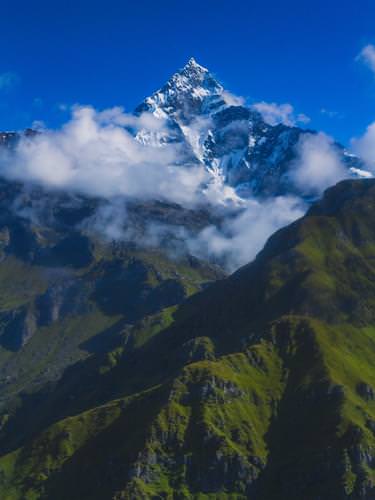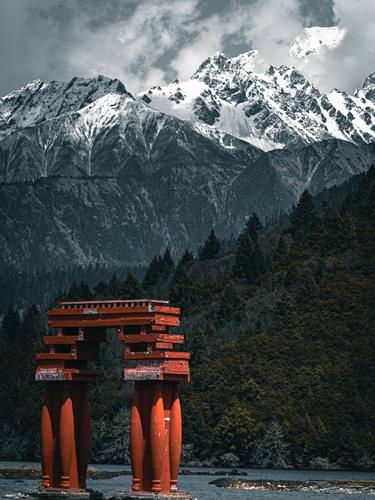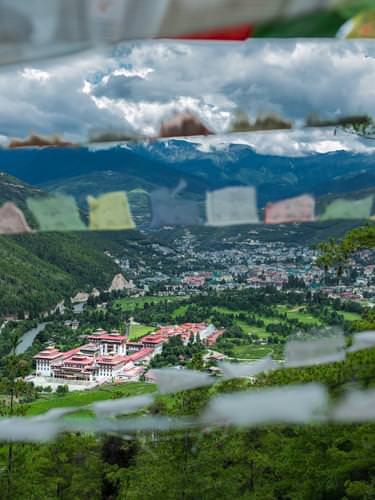RAMA TOURS NEPAL (P) LTD.
Nature, Culture and Adventure
Bhutan
- Home
- /
- Bhutan
Bhutan, the thunder Dragon, is a fiercely independent kingdom. The Kingdom lies east of Nepal and west of the Indian state of Arunachal Pradesh. Located in the heart of the high Himalayan mountain range, Bhutan is a land-locked country surrounded by mountains in north and west. The rugged east, visited by few Western travelers, the high Himalaya in the northern steppes separates the kingdom from Tibet. Like timeless images from the past, the traveler encounters the full glory of this ancient land through its strategic monastic fortresses known as Dzongs, numerous ancient temples, monasteries and stupas which dot the countryside, prayer flags which flutter along the high ridges, wild animals which abundant in the dense forest, foamy white water falls which are like the real showers, and warm smiles of its friendly people. Among breathtaking landscapes and an ancient living culture, Bhutan will leave you mesmerized—where every passing moment reveals a sacred stillness in time. The numerous local festivals are vibrant and abundant with exuberance, the remote mountain settlements enchanting.
Description of prominent touristic places. Paro, Thimpu, Punakha, Gangtey, Bumthang.
Paro
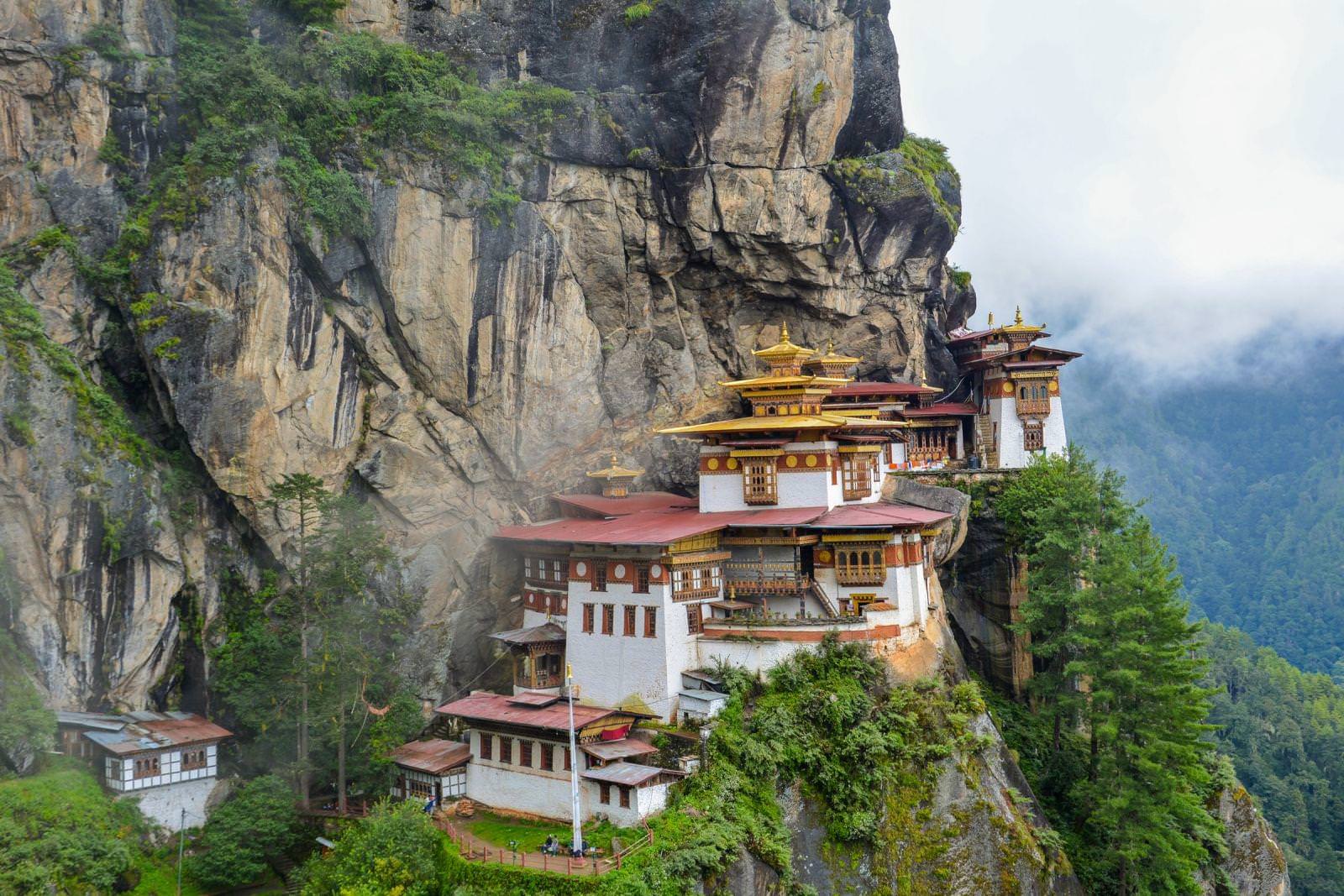
Paro valley is one of the most attractive tourist destinations of this mountainous country. It was also historically the center of two of the most important trade routes to Tibet. It extends from the confluence of the Paro Chhu and the Wang Chhu rivers at Chuzom up to Mt. Jomolhari at the Tibetan border to the North. This picturesque valley is covered with fertile rice fields,wheat fields, trout-filled streams and traditional-style houses that dot the valley and surrounding hills. There are over 155 temples and monasteries in the area out of which some date as far back as the 14th century. The country’s first and only international airport is also located in the region.
The region contains one of Bhutan’s most iconic landmark, Taktsang Monastery, the Tiger’s Nest, National Museum, Ta Dzong, Drugyel Dzong etc.
Thimphu
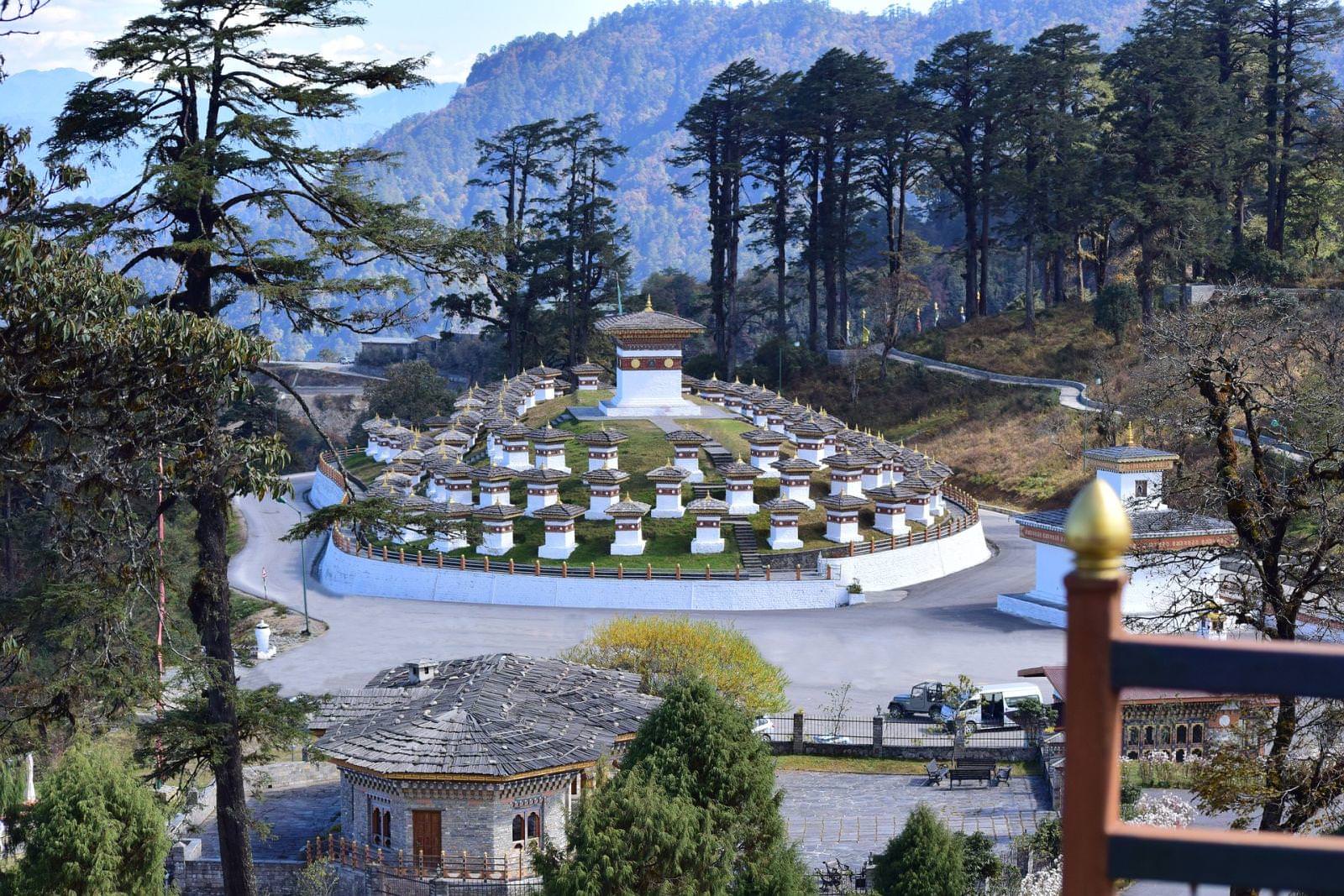
Thimpu(2320 m/ 7656ft)is the capital town of Bhutan and the canter of government, religion and commerce. It is a unique city with unusual mixture of modern development alongside ancient traditions. Thimphu maintains a strong national character in its architectural style.Although not what one expects from a capital city, Thimphu is still a fitting and lively place. Home to civil servants, expatriates and monk body, Thimphu maintains a strong national character in its architectural style. The combination of ancient tradition and modernity make Thimphu the ideal location for visitors to immerse themselves in the contemporary Bhutanese lifestyle. HoweverThimphu is the most modern city in Bhutan, it still retains its’ cultural identity and values amidst the signs of modernization. The culture of Bhutan is fully reflected in Thimphu in respect of religion, customs, art, literature and the media. One of the most curious features of Thimphu is that it is the only capital city in the world that does not use traffic lights.
There are several attractions in Thimphu such as the Motithang Takin Preserve, National Memorial Chorten, SimtokhaDzong, Tashichhoe Dzong, National Library,KuenselPhodrang (Buddha Point), Changangkha Lhakhang (Monastery)m Ta Dzong (National Museum), RinpungDzong and Kyichu Lhakhang.
Punakha
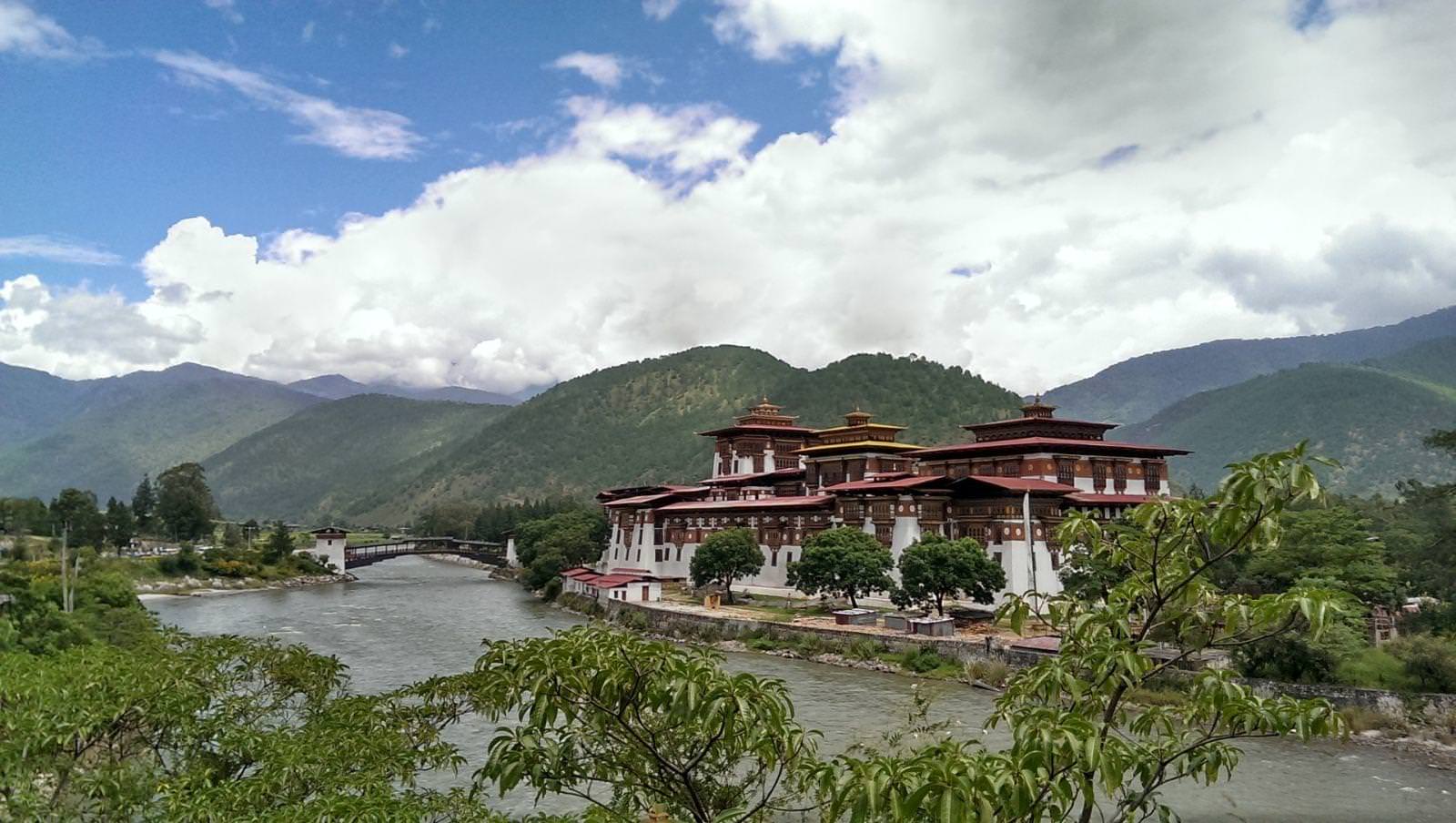
Punakha used to be the capital of Bhutan from 1637 to 1907. It is the least elevated valley and famous for its benign climate. It is located at an average elevation of 1200 m above sea level. Because of favorable climatic conditions, rice has become the main cash crop in the region. Punakha was the place where the wedding of King JigmeKhesarNamgyelWangchuck to Queen, Jetsun Pema was held in which was held October 13, 2011.
There are several attractions in Punakha such as Punakha Dzong, Wangdue Phodrang Dzong, Khamsum Yuley Lakhang and ChimiLhakang.
Gangtey Valley
The valley of Gangtey (3000Mts / 9845fts) is one of the most beautiful spots in Bhutan. The surprise of finding such a wide, flat valley without any trees after the hard climb through dense forests is augmented by an impression of vast space and extremely rare experience in Bhutan where most of the valleys are tightly enclosed.
Phobjikha Valley
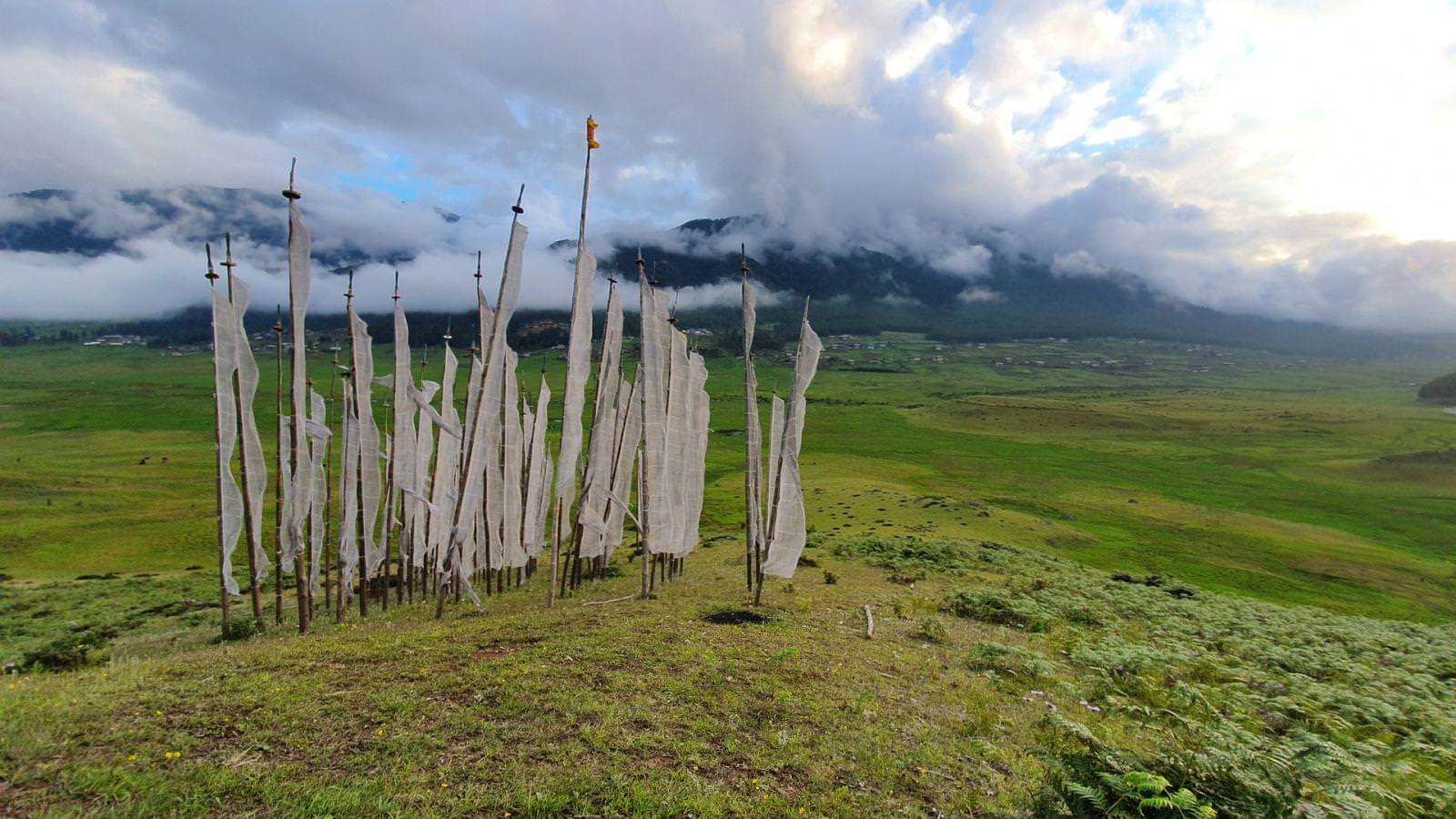
Phobjikha, at an altitude of 2900 m, falls under the district of Wangdiphodrang and lies on the periphery of the Black Mountain National Park. The valley boasts two beautiful meandering rivers, NakayChhu (ChhuNaap-black water) and Gay Chhu (Chhu Karp-white water). According to a local legend, the two rivers actually represent a snake and a boar. The two animals once raced each other with an agreement that if the snake (NakayChhu) won, Phobjikha valley would be able to grow rice, but if the boar won, then rice could never be cultivated in the area. The snake lost since it had to meander all the way during its journey. Rice cannot be cultivated in the valley even today. There are several attractions in Phobjikha valley such as Black Necked Crane Information.
Bumthang Valley
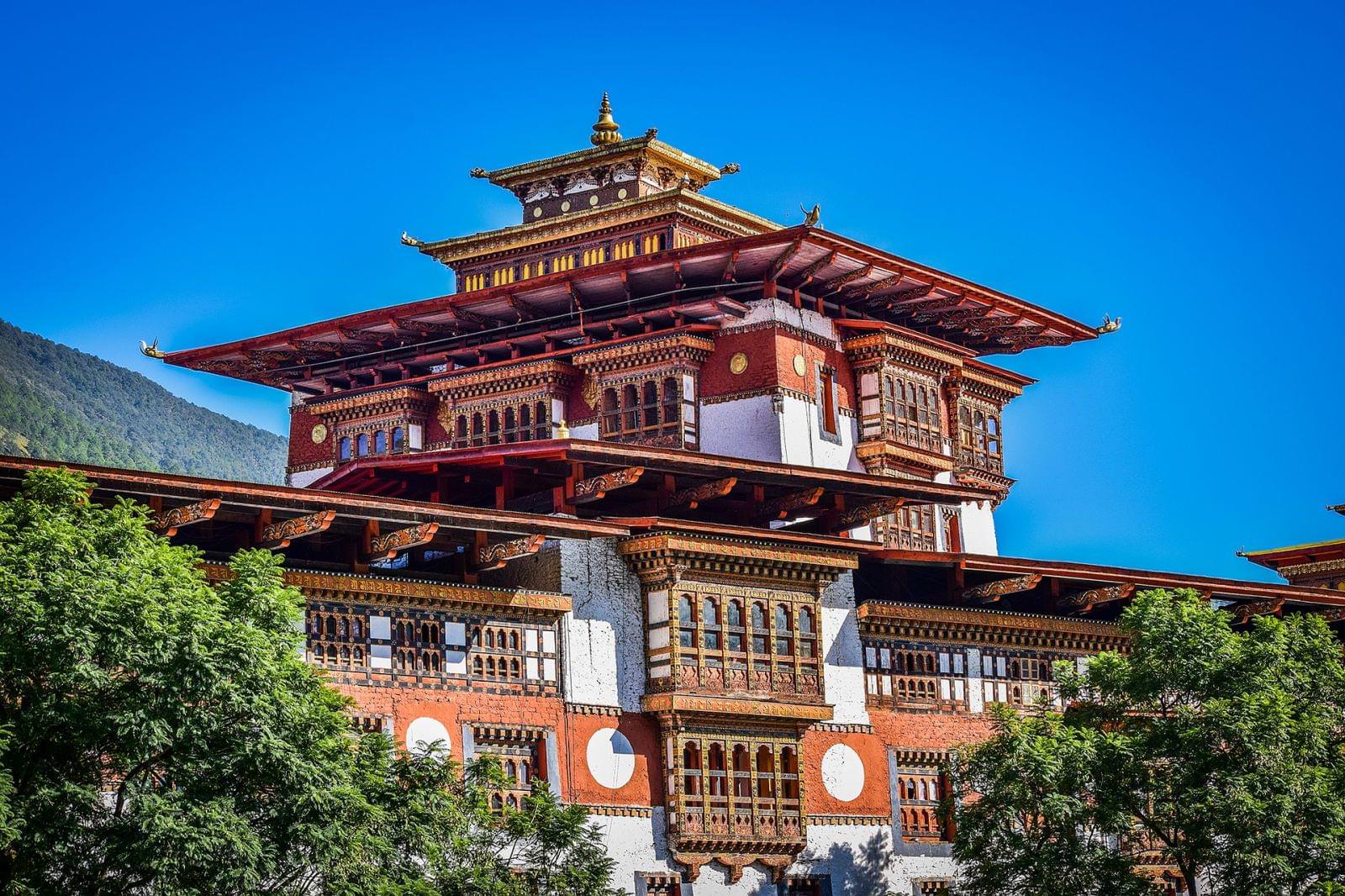
The Bumthang valley spans from 2600 m to 4500 m. The valley is broad and gentle carved by the ancient glaciers. The fertile valleys of Bumthang are covered in fields of buckwheat, rice, potatoes, apple orchards and dairy farms. This is one of the most peaceful places in the kingdom. It is the home to some of its oldest Buddhist temples and monasteries. The mysterious tales of Guru Padmasambhava still linger around Bumthang. Some of Bhutan’s oldest and most venerated temples are found in Bumthang, including Jambey Lhakhang. According to legend this ancient temple was built by the Tibetan king SongtsenGampo in 659 A.D. as part of a chain of 108 simultaneously constructed temples in order to subdue an evil demoness that lay over the Himalayan region. It is the oldest lhakhang in Bhutan. There are numerous other temples and shrines worth visiting in Bumthang and many of them are linked to Guru Rinpoche’s visit in 746 A.D. There are several attractions in Bumthang such as Jambey Lhakhang, Kurje Lhakhang, Tamshing Lhakhang and Jakar Dzong.

